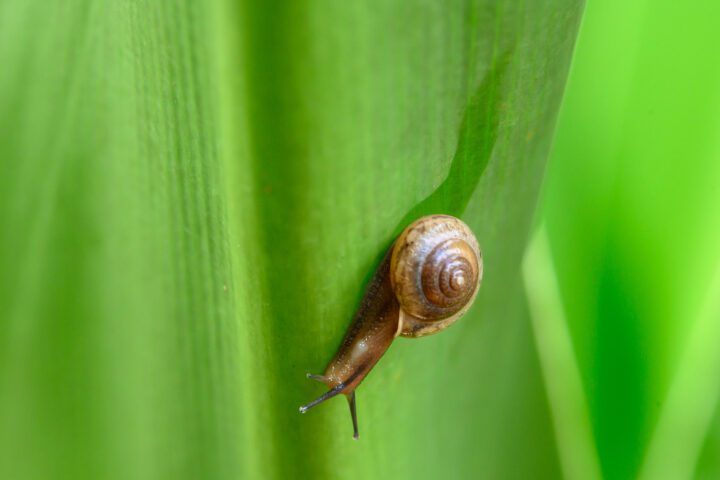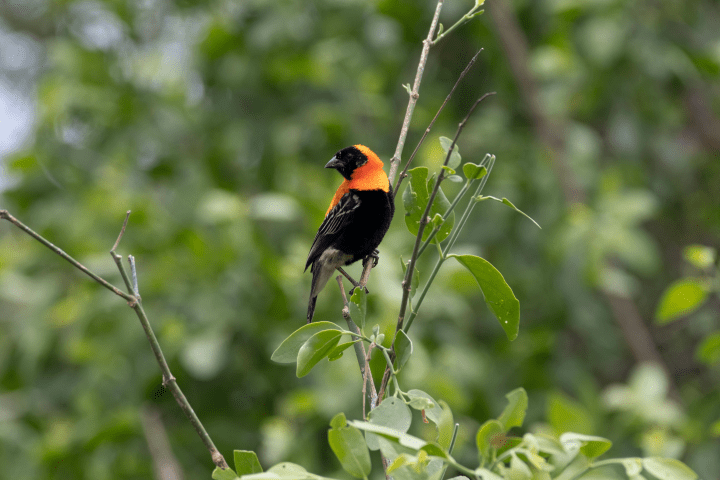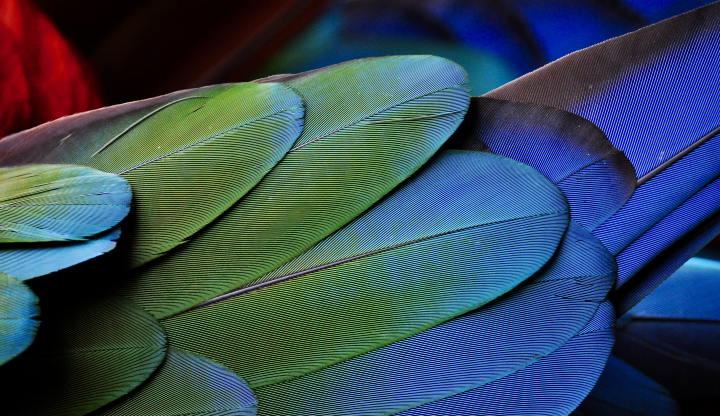Cooperate Within the Same Species
A species is a group of organisms capable of breeding to produce fertile offspring. When individuals within a species undertake activities that benefit one another, that cooperation benefits not just the individuals, but also local and wider populations of that species. Collaborating in activities such as finding food, controlling parasites, and protecting from predators enhances overall survival. To cooperate, there must be enough benefit to an individual, and especially to a population, to justify any risk taken by individuals. Through cooperation, risk is distributed among individuals and the benefits to the community are greater than the sum of the benefits to individuals. An example is birds that gather in flocks, a cooperative activity more beneficial than acting alone. While some birds forage, others watch for predators. When one finds food, others also feed on it. Despite potential short-term competition for an individual that finds food, over the long-term, that same individual benefits when others find different food sources.
Manage Mechanical Wear
A living system is subject to mechanical wear when two parts rub against each other or when the living system comes in contact with abrasive components in its environment, such as sand or coral. Some abrasive components are a constant force, such as finger joints moving, while others occur infrequently, such as a sand storm moving across a desert. Living systems protect from mechanical wear using strategies appropriate to the level and frequency of the source, such as having abrasion-resistant surfaces, replaceable parts, or lubricants. For example, human joints like shoulders and knees move against each other all day, every day. To protect from mechanical wear, a lubricant reduces friction between the cartilage and the joint.
Protect From Dirt/solids
When dirt and other small solids adhere to living systems, they can slow them down, create blockages, reduce their ability to carry out vital functions, or cause surface wear and tear. Due to electrostatic forces, it’s easy for dirt and other solids to adhere to surfaces, so living systems must overcome those forces. An earthworm, for example, uses a small electric current to keep soil particles from adhering to its body as it moves through the soil. This enables it to move more efficiently by reducing drag.
Protect From Animals
Animals–organisms that range from microscopic to larger than a bus–embody a wide variety of harms to living systems, including other animals. They threaten through predation, herbivory, defense, and parasitism, and they compete for resources such as water, nutrients, and space. Any given living organism commonly faces threats from a variety of animals, requiring strategies that effectively defend from each. Trout and other bony fish, for example, escape predators by having scales made of very thin, flake-like pieces of bone covered with slippery mucus. They also have behavioral strategies such as camouflage, fast swimming, and twisting and turning to achieve release from a predator’s grip.
Move in/on Solids
To obtain needed resources or escape predators, some living systems must move on solid substances, some must move within them, and others must do both. Solids vary in their form; they can be soft or porous like leaves, sand, skin, and snow, or hard like rock, ice, or tree bark. Movement can involve a whole living system, such as an ostrich running across the ground or an earthworm burrowing through the soil. It can also involve just part of a living system, such as a mosquito poking its mouthparts into skin. Solids vary in smoothness, stickiness, moisture content, density, etc, each of which presents different challenges. As a result, living systems have adaptations to meet one, and sometimes multiple, challenges. For example, some insects must be able to hold onto both rough and slippery leaf surfaces due to the diversity in their environment.





